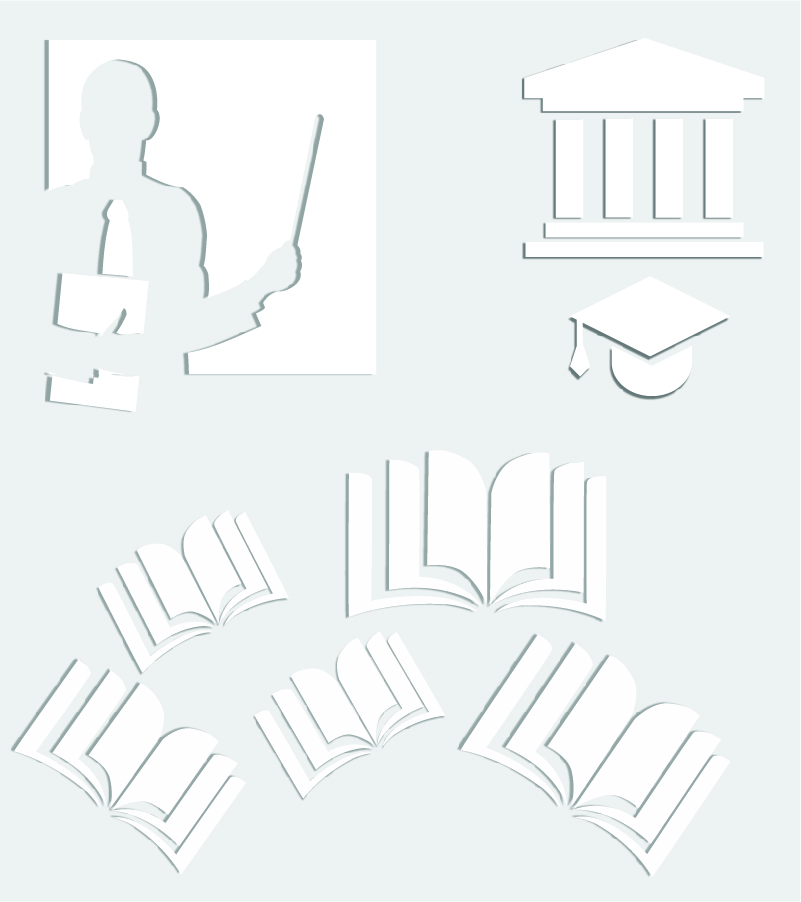| Subject: Acoustics and Audio Engineering in Multimedia
(12 -
EK312L) Basic Information
Course specification
Course is active from 01.02.2008.. Audio is an important part of multimedia animations, videos, computer games and films. Students need to understand the nature of sound and its main characteristics. Explain what and how people can hear and how they perceive different sound pressure levels and the frequency content of sound and how a person perceives the direction of the sound source. Explain how both the transmission and perception of sound are influenced by enclosed areas such as rooms and studios. Present the audio signals (speech and music) in more detail, as well as audio equipment for recording and playback, and the tools for analysis and processing of souds in multimedia environment on a computer. Students will learn how sound waves are produced and how they propagate, what a human being can hear and how sound affects humans, as well as how sound is recorded, transmitted and reproduced. They will understand the differences in the behavior of sound both indoors and outdoors. They will be able to evaluate the acoustic environment (in terms of speech intelligibility, quality of listening to music), and to select and place audio-equipment for recording of speech, music, and ambiental sound. They will get skills to use the computer for processing of audio clips and fit them into a multimedia environment. •The physical characteristics of sound (the rules for the production and propagation of sound waves). •Sound perception (auditory area; binaural localisation, sound masking effect, speech and music features). •Microphones, loudspeakers and headphones (principles and characteristics, microphone areas for 3D sound recording). •Audio mixers (audio-visual controls, level regulation, filters, regulation of dynamics and reverberation, monitoring and sound editing, multi-channel recording (5.1, 7.1, 10.2,...)). •Acoustical quality of both professional rooms and systems for sound recording and reproduction (objective measurements and subjective assessments of sound area features, optimal conditions for sound recording and reproduction). •Audio systems for recording of voice and music program and audio effects (selection and placement of microphones, sound for film and video). •Formats for recording, transmission and storing of audio information in multimedia environment on a computer (MIDI, MPEG, HD and 3D sound). •Virtual space sound (3D-space sound processing using 2D recording and reproduction, coding and decoding in systems for shaping of virtual space sound). •Computer-based professional audio systems for sound recording and reproduction, audio mixer driving, software tools for music arrangement and processing, multichannel systems and their compatibility, program material exchange (Sound Forge). •Sound systems design for both indoors and outdoors. Microphone and loudspeaker systems for high quality reproduction. Lectures are conducted using Power Point presentations available to students in .pdf format. Presentations with specially created audio and video clips and animations demonstrate and illustrate key details in the lectures. The first part of the course (acoustics) is followed by auditory exercises. The second part of the course (audio engineering) is followed by exercises in the Laboratory of Acoustics and Speech Technologies at FTN. A visit to Radio Novi Sad is arranged, where students will learn about the practical audio engineering, the music and speech studios, the anechoic rooms and the audio-theater complexes. The students will write a midterm paper, whose defense is one of the exam prerequisites. Independent student work is supported through the web portal of the Chair of Telecommunications and Signal Processing - www.ktios.net.
|
© 2013. Faculty of Technical Sciences. Trg Dositeja Obradovića 6, 21000 Novi Sad. Tel: +381 21 450 810
Translation: FTS English Team
Translation: FTS English Team





